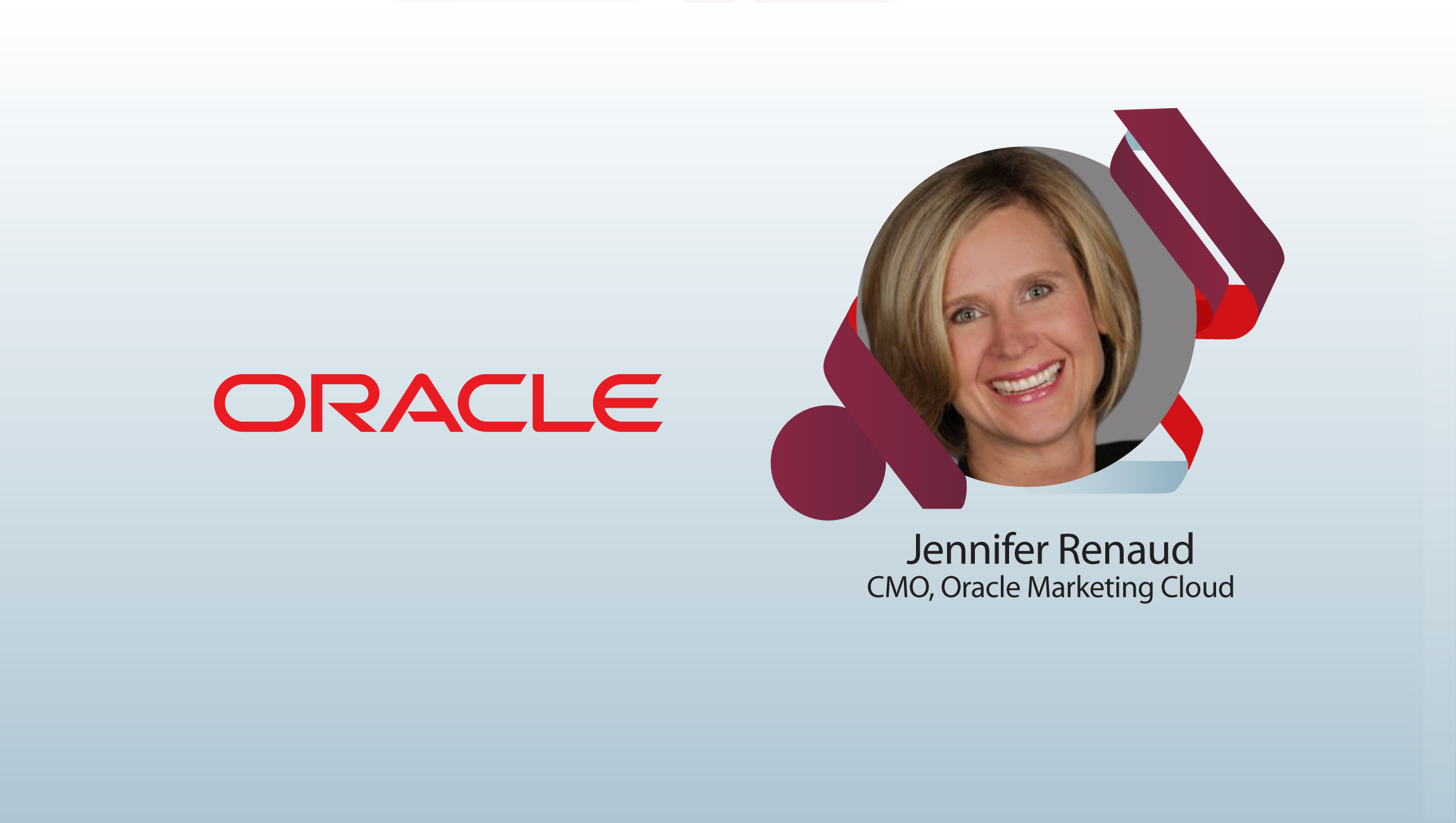With data-driven advertising comes great responsibility – and the headache of how to accurately pinpoint what contributed to each conversion online. Facebook undoubtedly has the most comprehensive tracking in the industry, as it can track actual users as opposed to browser cookies. Yet, many advertisers double-check and compare Facebook campaign data with third-party metrics, most commonly Google Analytics.
The information is readily available, yet complications arise when advertisers attempt to aggregate and compare results between the giants. Many advertisers struggle with Facebook showing much higher ROI compared to the same campaigns on Google Analytics.
So which platform should advertisers trust?
It’s not so much about one being more accurate than the other. Both platforms track and measure conversions, but neither can give you the full picture. While Google Analytics gives a comprehensive overview into online marketing across channels, its cookie-based tracking cannot follow user paths across multiple devices. Facebook is able to do that, but only within its own ecosystem, namely Instagram, Facebook, and The Audience Network.
Ad Interactions and How They Are Attributed
By default, Facebook counts conversions 28 days after a click and one day after a view on an ad, whereas Google Analytics can only track clicks. These platforms also attribute conversions differently; Facebook attributes a conversion to the last click the user has made on a Facebook ad, or, if no clicks happened, the last ad they’ve viewed before converting. Google Analytics credits the last paid click by default, regardless of the channel.
The lack of impression data in Google Analytics is one of the main causes for discrepancy and that cannot be helped. Attribution models, however, can be changed in Analytics to determine who gets the credit for a conversion. Think of a case where the user clicks on a Facebook ad for an interesting product, but doesn’t convert. The user googles the same product later, clicks on a search ad, and purchases the product. Facebook takes full credit for the sale, so does Google Adwords. For Google Analytics, only the last click matters, so by default, Facebook gets nothing. Other attribution models in Google Analytics, such as Time Decay, will, however, give part of the credit to Facebook as well, so it’s worth playing around with different options.
What data should advertisers then look at?
To align the conversion numbers, advertisers could try excluding Facebook’s view-through conversions and only compare post-click conversions with Google Analytics data. That being said, the differences in conversions across the two can be telling, too. If the values differ significantly with impressions included, the case could very well be that customers have seen the ad on Facebook, but taken action (ie. clicked or googled) elsewhere.
Also Read: The Importance of Data Analytics in Marketing Strategies
Going Cross-Device
One of Facebook’s greatest advantages is its ability to link actions to users across devices and browsers, as long as they are signed into Facebook. Google Analytics relies solely on cookies; all tracking happens inside the same browser where the cookie was dropped. This is yet another difference that will show in reporting: if a user clicks on a Facebook ad on their mobile phone, but completes the purchase later by going directly on the same site, Facebook will count it as a cross-device conversion. Google Analytics doesn’t see the relation between the two, and will show the source as direct traffic. To close the gap between the two, look at Facebook’s cross-device reporting and only count the conversions happening on the same device.
The Move to Multi-Touch
Lately, we’ve seen that the ad industry is beginning to shift from last-click models to multi-touch attribution, also referred to as MTA. With MTA modeling, advertisers are able to see the total impact of their marketing efforts across channels to get a more holistic understanding of what contributed to the sale and at which scale. The data science team at Smartly.io noticed that MTA models attribute 31-67 % more conversions and 31-59 % more revenue to Facebook compared to the last-touch model.
A recent study by the Mobile Marketing Association showed that 39% of marketers currently use multi-touch attribution and that number is expected to grow to 75% in the next two years. When speaking to advanced online advertisers like the global travel search company SkyScanner, the need for sophisticated attribution is a practical one;
“MTA is key for Skyscanner in 2017. By using Facebook’s Advanced Measurement we are seeing the first signals of a more advanced tracking system to solve the cross device attribution challenges and help us optimize our Facebook campaigns we run in Smartly.” – Jorge Rosell, Growth Manager, Skyscanner.
There isn’t a one size fits all solution for tracking conversions across campaigns and channels; advertisers need to take the time to set their KPIs and measure against those on both of the major advertising platforms and analytics tools. That being said, the move from last-click towards MTA modeling is starting to shed light on the often complex customer journeys. The good news is, you don’t have to start with a robust new tracking system; the options in Google Analytics take you a long way – as long as you understand its quirks and limitations.
Also Read: It’s 2017 and you still don’t know where your ads are running






